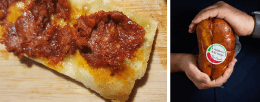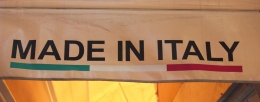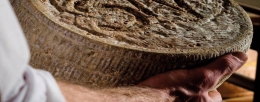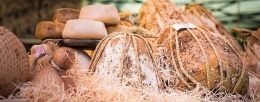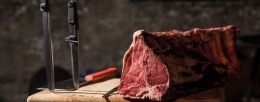Ferragosto is approaching, whip out the picnic baskets! What are we taking? All quick preparations to make and practical to carry and eat - dishes and cutlery are hardly needed! The secret? The best Italian cured meats.
Why do you eat chocolate eggs on Easter?
Easter is approaching and it’s time to choose the right chocolate egg. Have you ever wondered why an egg, of all things? And why is a surprise in it?
In the food world nothing’s by chance, let alone the symbol of the most important religious celebration of all Christianity. So let’s see how – and thanks to whom – we can end Easter lunch with a wonderful Vestri Chocolate egg.
The egg: more than food, a symbol
For any culture, at any latitude and in any historical period, the egg has an enormous allegorical value. It is a symbol of life, fertility and rebirth, of the embryo at the base of the future, of the blossoming of nature. That's no small thing…
For Egyptians, the egg contained in itself the union of the four elements of the universe, air, water, earth and fire. Even Persians, apparently, gave each other eggs to celebrate the beginning of spring and the return to new life of Earth.
And what about the cosmic egg, the cosmogonic archetype recurring in all myths of ancient civilizations? In short, from Taoism to druidic cults, from Polynesian myths to esoteric symbolism – including the Phoenix that is cyclically reborn from her own egg – never underestimate the power of an egg.
The Christian significance
With the advent of Christianity, the egg is ultimately associated with Easter and the resurrection of Christ, to the miracle of life that is reborn.
The connection between Easter and the donation of eggs comes from Germany, where the tradition of exchanging colored eggs started in the Middle Ages. It was enough to cook them with onions or red turnips, or wrap them in leaves and flowers.
The egg becomes such a powerful symbol that it transcends its nature of mere food and transforms into a purely symbolic object.
Then it will come back as food, but completely different from the original form. From the Middle Ages to the Vestri Chocolate egg, there’s still a long way to go.
Precious eggs
Since the Middle Ages, nobles and aristocrats from all over Europe began to commission decorated eggs, made of silver, gold and precious stones to donate during Easter.
The account books of the day tell us that the King of England Edward I of Plantagenet, in the early 1300’s, ordered 450 solid gold eggs to give to the court. Not bad, huh?
However, the one who raised the decorated egg to a true form of art was the Russian goldsmith Peter Carl Fabergé, the creator of the world’s first jewelled egg.
The year is 1885, Russian Tsar Alexander III commissions an Easter surprise for his wife, the Tsarina Maria Fedorovna, to Fabergé.
The result is a matryoshka egg (the so-called First Hen), white like an actual egg, with a yellow yolk inside made of, you guessed it, solid gold. Inside a hen covered in gold with ruby eyes, containing at its core a miniature copy of the imperial crown and a small egg-shaped ruby.
The Tsarina was so delighted that assigned Fabergé the title Goldsmith by special appointment to the Imperial Crown and instructed him to build one Easter egg every year, requiring only that each egg be unique and that it contain some kind of surprise within it.
Since 1895, with the accession to the throne of Alexander III’s son, Nicholas II, the eggs requested became two: The Tsar would give one to his wife and one to his mother. There were also years where the eggs requests were even more, commissioned by private patrons.
Fabergé’s eggs are works of art, priceless masterpieces. Possibly as many as 69 were created, 52 of which from the Imperial Collection. Only 46, however, survived.
The very first chocolate egg
Great, but when’s chocolate time? I know you’re only thinking about Vestri Chocolate egg but don’t worry, now comes the best part.
Fabergé might have invented the surprise, but who first had the idea of a chocolate egg wasthe Sun King. Louis XIV ordered his court “chocolatier”, David Chaillou, a chocolate egg filled with cocoa cream as an original gift. Apparently, he was tired of golden eggs.
But to get to the egg as we know it now, empty and with a surprise inside, it still takes a while. Apart from being the year of theFrench Revolution, 1789 is also the year of “conchage”, the production technique that makes chocolate moldable.
In 1823, François LouisCailler invented the chocolate bar. A few years later his son-in-law Daniel Peter produced the first milk chocolate bar, using milk powder from the Swiss Henry Nestlé.
This is when the Easter egg was born. In 1825, the Dutch Coenraad van Houte develops a system of hydraulic presses to "print" chocolate in all desired shapes.
In 1875 the landowner, tea and coffee dealer John Cadbury started mass-producing chocolate eggs. Dark, milky, with dried or decorated fruits, the history of Easter eggs as we know them started in Birmingham.
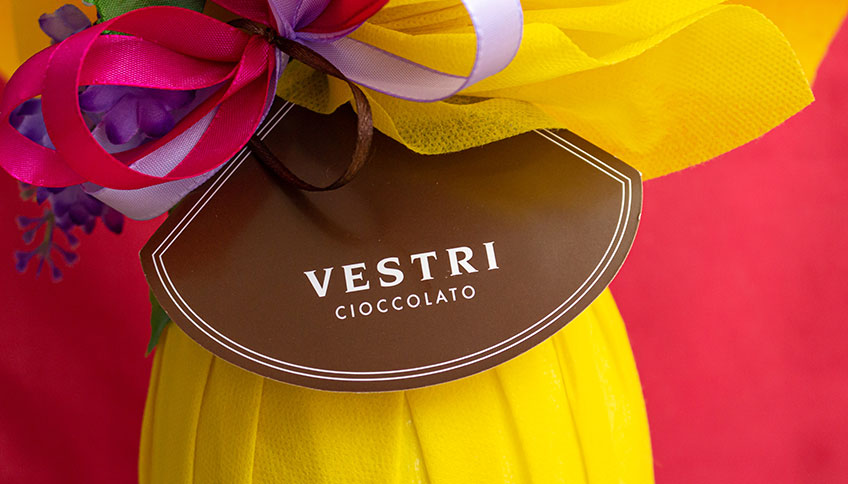
Vestri Chocolate, the kingdom of excellence
From England, the tradition of chocolate eggs has set foot in the heart of Tuscany as well, where the Vestri family carried on the art ofhandcrafted chocolate for over 60 years.
The Easter egg, for a chocolatier, is the ultimate test, a very difficult test bed where no mistake is allowed. A chocolate egg is only made of chocolate and if the quality isn’t top-notch, it’s immediately noticeable.
That’s why we choseVestri, because no one knows chocolate as they do. And trust me, once you taste it you’ll never look back.
With milk or dark, there’s no more delicious way to wish a Happy Easter than with a Vestri Chocolate egg.






















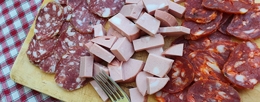
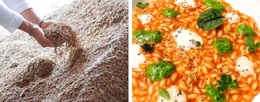
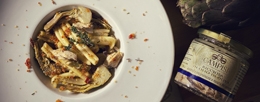

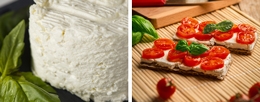
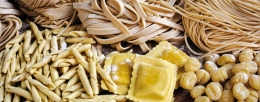
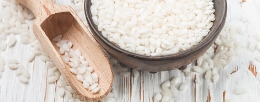
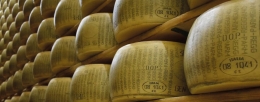
.jpg)
